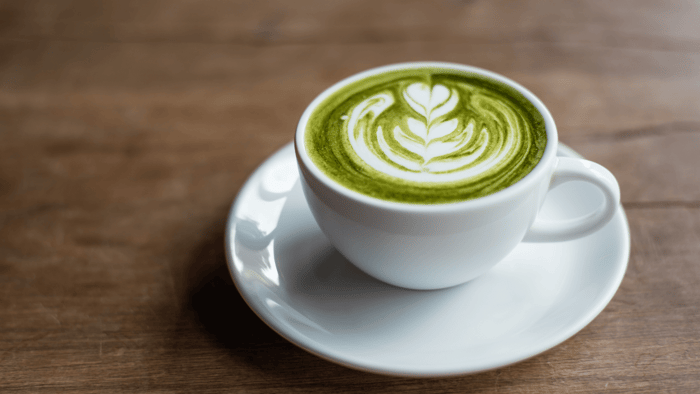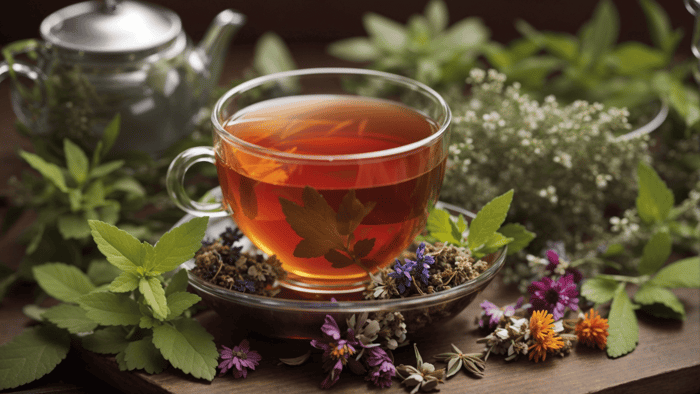Dive into the fascinating world of coffee with us as we uncover the most popular coffee drink of 2023, explore diverse brewing methods, and delve into international coffee flavors. Discover the impact of coffee beans on the final taste of your favorite cup and learn how to customize your most popular coffee drink experience. Along the way, we’ll touch on the health benefits and concerns of coffee consumption and the importance of sustainability in coffee production. Ready to embark on this caffeinated journey?
Key Takeaways
-
Discover the top coffee drinks of 2023, including espresso, cold brew and oat milk lattes.
-
Explore international flavors such as Turkish Coffee and Vietnamese Coffee.
-
Customize your experience with flavorings or brewing methods while considering health benefits & sustainability in production.
The Top Coffee Drinks of 2023

As coffee enthusiasts, we can’t help but notice the ever-evolving trends in the world of coffee. This year, some standout favorites have captured the hearts of coffee drinkers worldwide. From the classic espresso to the refreshing cold brew and the dairy-free oat milk latte, these popular coffee drinks showcase the versatility and creativity in the coffee industry.
Let’s explore the unique aspects of these beverages that make them stand out.
Espresso
Originating from Venice, Italy, espresso is a concentrated coffee drink made by forcing hot water through finely-ground coffee beans, creating a bold and intense espresso shot. This popular coffee drink has become the cornerstone of many espresso-based drinks, with its strong and distinct flavor laying the foundation for a myriad of coffee creations, including well-loved espresso shots. The process of “pulling a shot” of espresso involves adjusting the pressure and temperature of the brew to extract the flavors from the coffee grounds, requiring skill and precision to achieve a perfect balance of taste.
One classic example of an espresso-based drink is the traditional macchiato, composed of an espresso shot and a dollop of foamed milk, with some variations featuring chocolate and whipped cream as additional toppings. The term “macchiato” means “spotted” or “stained,” referring to the milk foam that subtly blends with the bold espresso, creating a harmonious and delightful taste experience.
Cold Brew
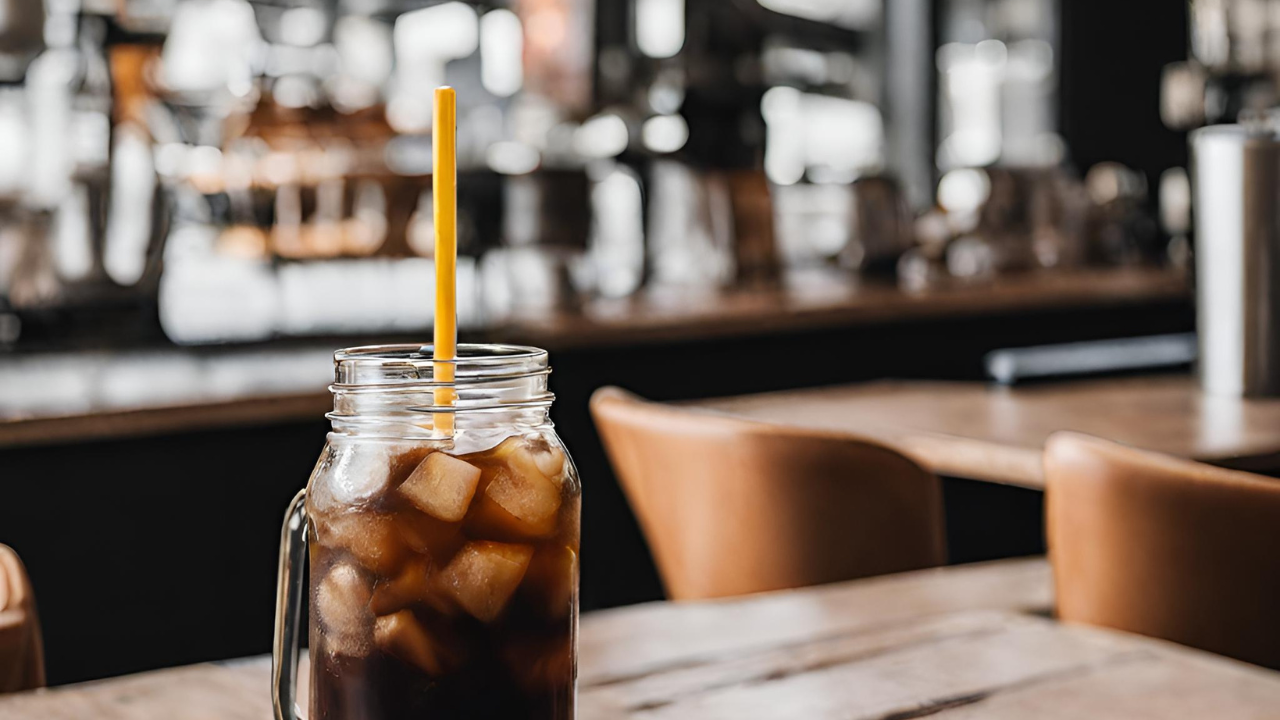
Cold brew has gained popularity in recent years for its smooth, strong flavor and low acidity, making it a refreshing option for coffee enthusiasts. This beverage requires:
-
Coarsely ground coffee to be steeped in water
-
Steeping for 12 hours or more at either cool or room temperature
-
The result is a concentrated drink that can be diluted with water or milk to cater to individual tastes.
One innovative variation of cold brew is Nitro Cold Brew, a coffee beverage infused with nitrogen, resulting in small air bubbles and an extra layer of foam. Its creamy texture and lower acidity make it an enjoyable alternative to traditional iced coffee.
Customizing cold brew coffee is also a breeze; incorporating flavoring syrups can result in subtle, delightful variations for a personalized coffee experience.
Elixir Mixer Espresso Martini (Recipe)

An Espresso Martini is a sophisticated and energizing cocktail that combines the stimulating effects of coffee with the smooth kick of vodka. The drink is perfect for coffee lovers looking to add a spirited twist to their usual brew or for cocktail enthusiasts wanting to try a modern classic with a caffeine-powered punch.
Oat Milk Lattes
As more and more coffee lovers seek dairy-free options, oat milk lattes have emerged as a popular alternative to traditional espresso-based beverages. Combining espresso with creamy oat milk, this smooth and sustainable coffee drink has captured the attention of coffee aficionados everywhere.
A close relative of the oat milk latte is the flat white, a specialty coffee beverage hailing from Australia. It consists of strong espresso and steamed milk, without any foam. The coffee flavor in a flat white is more prominent than in other milk-based coffees, making it a favorite among those who appreciate a bolder taste.
The Art of Coffee Brewing
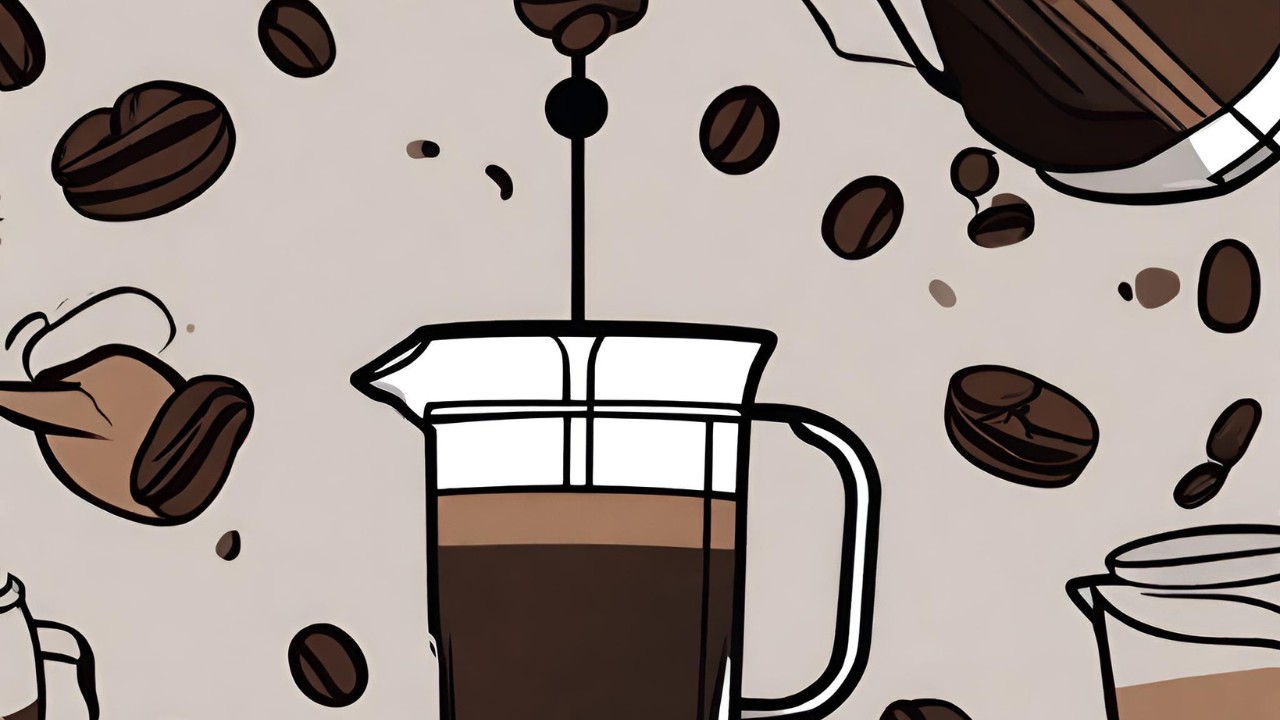
The allure of coffee often lies in the brewing process, which can transform the humble coffee bean into a complex, aromatic, and flavorful drink. The method used to brew coffee has a significant impact on the final taste and quality of the beverage.
In this part of the post, we’ll delve into different brewing methods - the French press, pour-over, and AeroPress, explaining how each technique shapes a distinctive coffee experience.
French Press
The French press is a popular brewing method that uses a plunger to separate coffee grounds from water, resulting in a rich and full-bodied taste. With a storied history dating back to the 19th century, the French press has become a widely utilized method for brewing coffee, providing coffee enthusiasts with a bold and unparalleled taste experience.
To brew coffee with a French press, follow these steps:
-
Coarsely grind coffee beans.
-
Add the ground coffee to the French press.
-
Pour hot water over the coffee grounds.
-
Stir gently to ensure all the grounds are saturated.
-
Place the plunger on top of the French press, but do not press it down yet.
-
Let the coffee steep for 4-5 minutes.
-
Slowly press the plunger down to separate the coffee grounds from the liquid.
-
Pour the brewed coffee into your cup and enjoy!
The coarse grind and immersion method used in a French press allows the coffee’s natural oils and flavors to be retained, resulting in a distinctive taste that sets it apart from other brewing methods such as drip coffee makers or instant coffee.
Pour-Over
Pour-over is a manual brewing technique that involves pouring hot water over coffee grounds, allowing for precise control over extraction and a clean, balanced flavor. Invented by German entrepreneur Amalie Auguste Melitta Bentz in 1908, this method has since seen various developments and has become increasingly popular among coffee enthusiasts.
The pour-over process includes the following steps:
-
Start with a pour-over dripper and paper filters to hold the coffee grounds.
-
Pour hot water over the grounds, adjusting the brewing time and pouring technique to achieve the desired taste.
-
Experiment with different grind sizes and water temperatures to further refine the flavor.
-
Enjoy the versatile and engaging brewing method of pour-over coffee.
AeroPress
The AeroPress is a compact and portable brewing device that uses pressure to extract coffee, producing a smooth and concentrated cup. This innovative brewing method offers two brewing methods (regular and inverted), pressure-based extraction, and a characteristic hiss at the end of the plunge, providing a unique and customizable coffee experience.
AeroPress-brewed coffee is renowned for its rich and smooth flavor, thanks to the pressure applied during the brewing process, which extracts more oils and flavors from the coffee beans. Its quick brewing process also minimizes acidity, making it an enjoyable option for those looking for a strong, bold coffee that is gentle on the stomach.
International Coffee Flavors
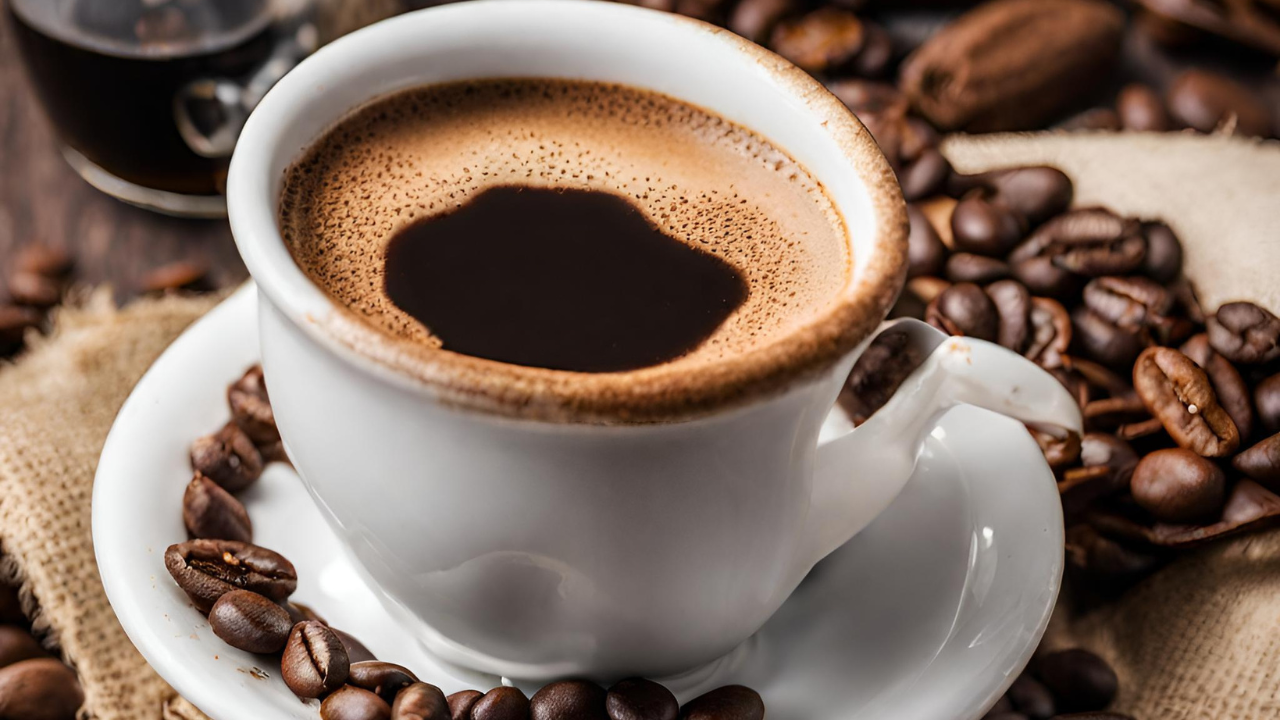
Continuing our journey through the realm of coffee, we should pause to admire the distinctive coffee flavors and traditions that span the globe. From the strong, bold taste of Turkish coffee to the sweet and creamy flavor of Vietnamese coffee, and the smooth, rich profile of the Australian flat white, each culture brings its own distinctive approach to coffee preparation and enjoyment.
Accompany us in uncovering the intriguing narratives behind these global coffee flavors.
Turkish Coffee
Turkish coffee is a strong, bold beverage made with finely powdered beans and served unfiltered, often used for leisurely drinking and even fortune-telling. Dating back to the 16th century, Turkish coffee is an integral part of Turkish culture and is seen as a symbol of friendship, hospitality, and sharing.
The traditional method of preparing Turkish coffee involves using a cezve (ibrik), a small pot with a long handle, to boil finely ground coffee beans with water. The resulting thick, syrup-like coffee drink is not only enjoyed for its bold and intense taste but also holds a special place in Turkish customs, such as during marriage proposals and social gatherings.
Vietnamese Coffee
Vietnamese coffee is a sweet and creamy drink made by combining dark roast coffee with sweetened condensed milk, offering a unique flavor profile that stands out from other coffee drinks. Introduced by French colonizers in the 1850s, coffee production in Vietnam has flourished, and today the country is the second-largest coffee producer in the world.
The customary method of preparing Vietnamese coffee involves:
-
Placing a phin filter atop a glass or mug.
-
Adding Vietnamese ground coffee to the filter.
-
Pouring hot water through the filter, results in a slow-drip extraction process.
-
Sweetening the coffee with condensed milk, creates a delightful balance of strong, dark roast coffee and creamy sweetness.
Flat White
Originating in Australia, the flat white is a coffee drink made with espresso and microfoam milk, providing a stronger and less frothy alternative to lattes. This specialty beverage has gained a dedicated following among coffee connoisseurs for its rich, creamy flavor and more pronounced coffee taste compared to other milk-based coffees.
The key to a perfect flat white lies in the quality of the espresso and the consistency of the microfoam milk, which creates a velvety texture that complements the bold espresso without overpowering it. Served in a medium-sized ceramic cup, the flat white offers a unique coffee experience that pays homage to its Australian roots while appealing to coffee lovers worldwide.
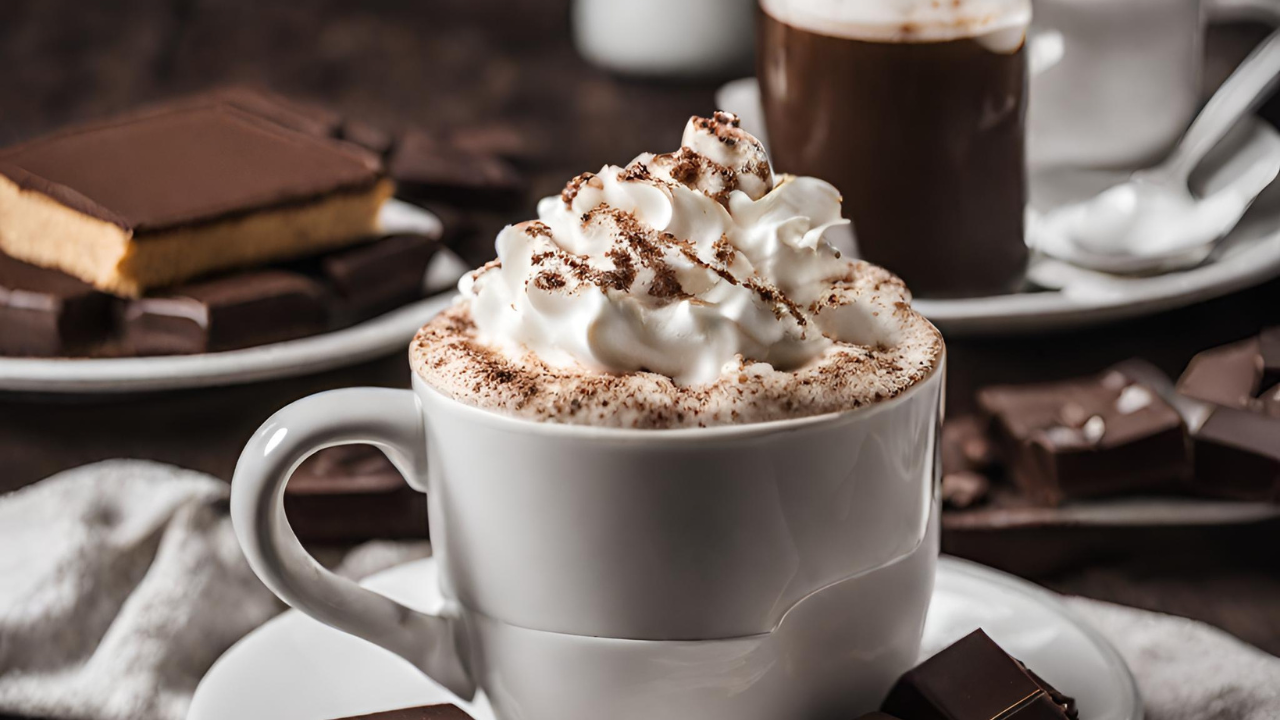
Having navigated the multifaceted terrain of coffee, it’s evident that enjoyment of this cherished drink does not follow a uniform prescription. Customizing your coffee experience is all about tailoring it to fit your personal preferences, from adjusting the milk type and sweetness to experimenting with flavorings and brewing methods.
For instance, opting for almond milk or soy milk instead of regular dairy milk can provide a unique twist to your favorite coffee drink. If you prefer a less sweet beverage, consider reducing the number of syrup pumps or substituting a different sweetener. Ultimately, the possibilities are endless, and with a little creativity, you can create a coffee drink that’s uniquely yours.
The Impact of Coffee Beans
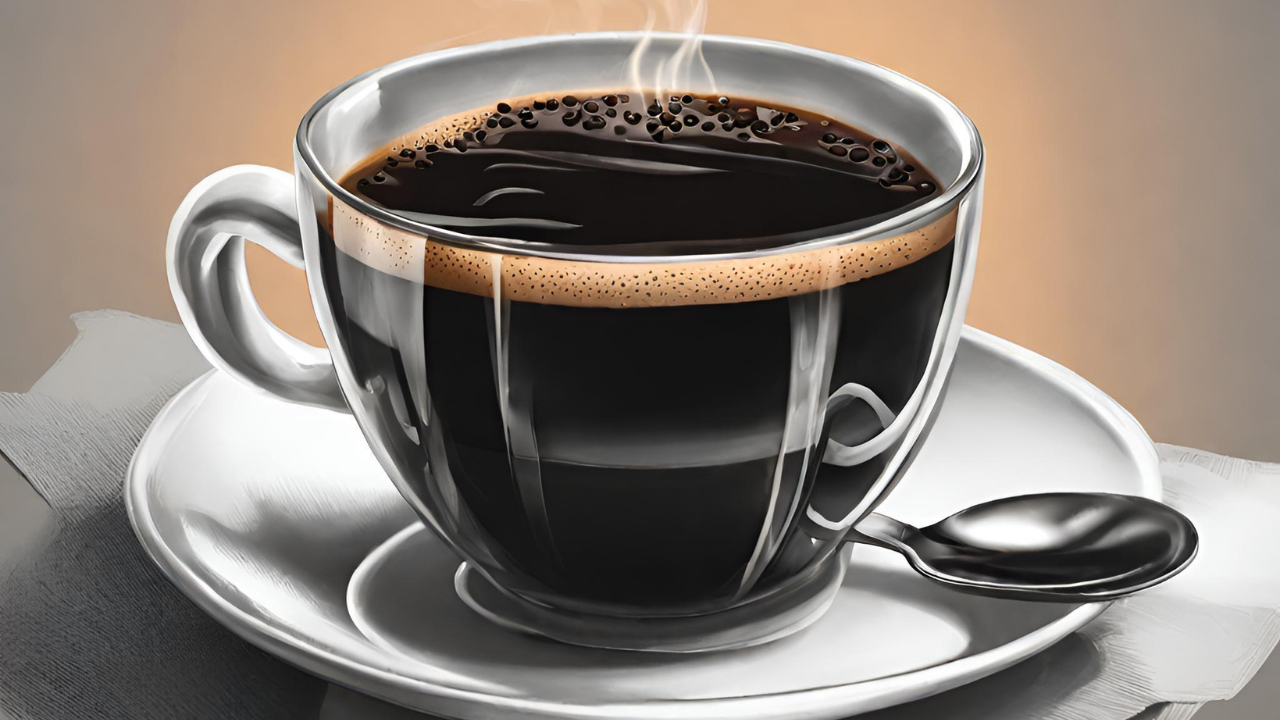
The taste and quality of your coffee drink are greatly influenced by the coffee beans you choose. Factors such as origin, roast level, and freshness play a significant role in determining the final taste of your favorite cup.
Arabica and robusta are the two main varieties of coffee beans, each offering distinct flavor profiles. Arabica beans are known for their smoother, sweeter taste with fruity or nutty flavors, while robusta beans have a stronger, harsher taste with a grain-like overtone and higher caffeine content. By experimenting with different origins, roast levels, and bean varieties, you can create a unique and personalized coffee experience that caters to your individual taste preferences.
Coffee Shop Culture

Coffee shops have evolved into much more than just places to grab a quick caffeine fix. Today, they serve as social hubs, workspaces, and sources of inspiration for coffee enthusiasts and non-enthusiasts alike. From Australia’s specialty coffee scene to Italy’s espresso culture and Japan’s serene coffee houses, coffee shop culture varies greatly across the globe.
At their core, coffee shops foster a sense of community, encouraging collaboration and creativity, supporting local businesses, and engaging in community initiatives and charitable causes. As our journey through the coffee realm persists, it’s important to acknowledge the pivotal part coffee shops play in today’s culture and the numerous ways they enhance our lives.
Health Benefits and Concerns
Although coffee’s rich aroma and taste are frequently lauded, it’s imperative to weigh the potential health benefits and concerns tied to its consumption. Coffee is a notable source of antioxidants and has been linked to certain health benefits, such as reducing the risk of several diseases.
However, excessive coffee consumption can lead to insomnia, anxiety, and digestive issues. It’s essential to strike a balance between enjoying the taste and aroma of coffee and being mindful of its potential risks. Moderating coffee intake is vital to minimize potential risks and maximize the health benefits associated with it.
Sustainability in Coffee Production

With the steady rise in coffee consumption, it becomes increasingly important to acknowledge the significance of sustainability in coffee production. Coffee farming can have a considerable environmental impact, including:
-
Deforestation
-
Soil erosion
-
Water pollution
-
Use of pesticides and fertilizers
Organizations promoting fair trade and organic certifications play a crucial role in advancing ethical practices in the coffee industry, ensuring that farmers receive a fair price for their beans and promoting environmentally friendly farming practices. By supporting sustainable coffee production, we can guarantee that our coffee is produced in an ethical and sustainable manner, preserving the environment and supporting the livelihoods of coffee farmers around the world.
Summary
As we conclude our journey through the world of coffee, we’ve explored the most popular coffee drinks of 2023, delved into diverse brewing methods, and discovered unique international coffee flavors. We’ve also touched on the importance of coffee bean selection, customization, sustainability, and the role of coffee shops in modern culture. With a deeper understanding of the complexities and nuances of coffee, we hope you feel inspired and equipped to savor every sip of your favorite cup, exploring new flavors and techniques along the way.
Frequently Asked Questions
What is the most popular coffee drink in the world?
The most popular coffee drink in the world is espresso, followed by cappuccino, latte, Americano, and iced coffee. In particular, iced coffee is a favorite in the United States, while espresso/cappuccino reigns supreme in Italy, and Turkish coffee is widely enjoyed in Turkey.
What is the tastiest coffee to drink?
Lavazza is a delicious choice for coffee, with its balanced levels of flavor, bitterness, and acidity. It's the perfect combination of arabica and robusta beans for a truly tasty coffee experience.
What is the difference between Arabica and Robusta coffee beans?
Arabica beans are known for their smoother, sweeter taste with fruity or nutty flavors, whereas Robusta beans have a stronger, harsher taste with a grain-like overtone and a peanutty aftertaste, as well as higher caffeine content.
How does the grind size affect the flavor of pour-over coffee?
The grind size of pour-over coffee directly affects its flavor, with a coarser grind leading to a milder and less intense taste and a finer grind producing a stronger and more robust flavor.
What is the difference between a flat white and a latte?
A flat white is generally smaller with a stronger flavor and less foam than a latte.
Try the Elixir Mixer—our electric whisk bottle—crafting a diverse range of hot and cold drinks is streamlined. Fill it up, press the button, and 15 seconds later—get sipping. It will quickly become the MVP of your everyday rituals.

